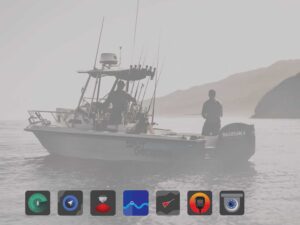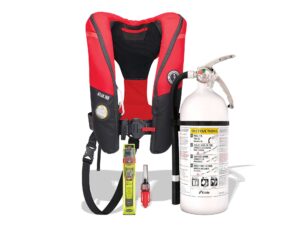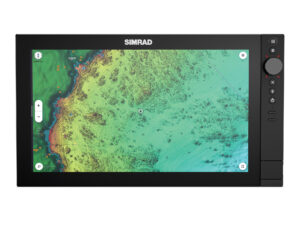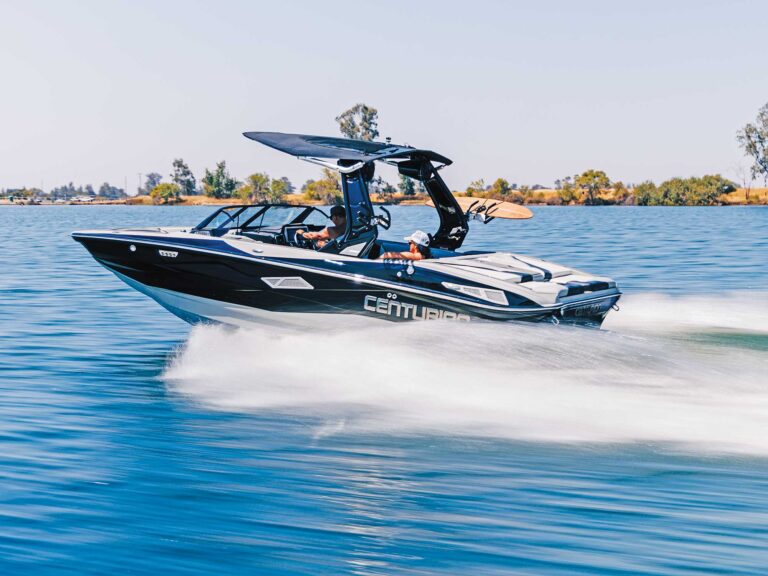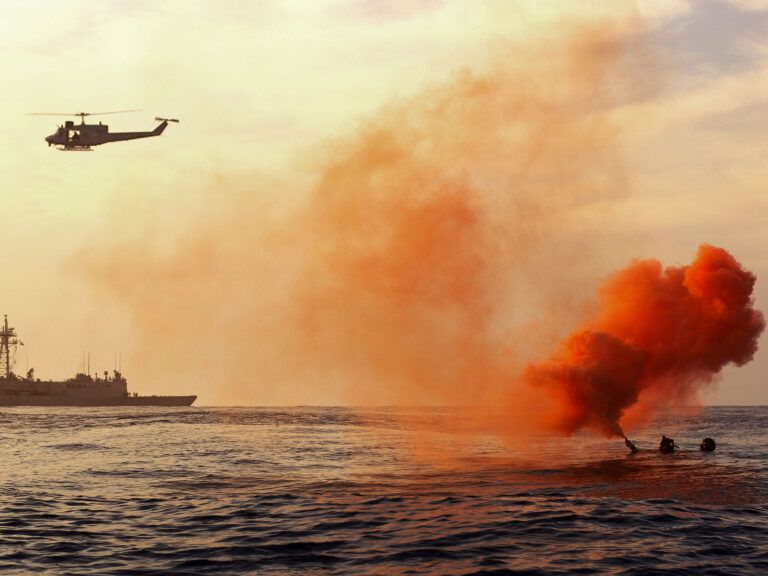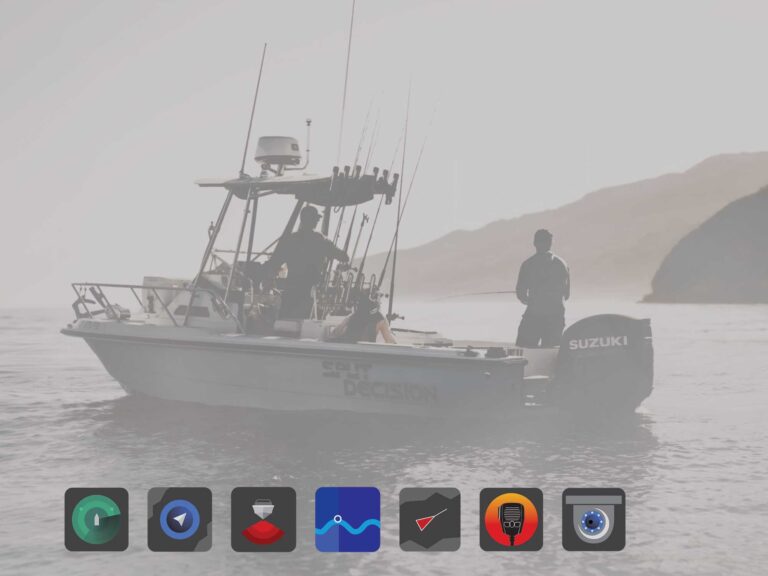In a tight spot, inflatable personal flotation devices (PFDs) will save your life. Because you are more likely to wear the trim units in their uninflated state, manufacturers believe they offer more meaningful protection than standard PFDs stowed on board your boat but not worn.
In fact, Type V PFDs, as these are designated, are legal PFDs only when worn — not when simply carried on board.
A second point to note is only adults may legally wear them to satisfy the PFD carriage requirements on board.
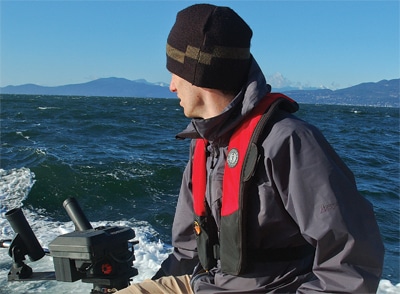
Different mechanisms arm them in case of an overboard situation, and each offers specific advantages and disadvantages. To get a feel for their strengths and weaknesses, we conducted a dunk-tank test of each PFD and put the rearming process to the stopwatch, and we looked for strengths and weaknesses inherent in all of them. What follows are the results of BoatingLAB’s extensive testing in the field.
Test Process and Hydrostatic Model Test Analysis
Test Notes: Hydrostatic triggers activate as the pressure sensor detects a three-foot depth. Our victim stepped into an eight-foot-deep pool from two steps above the water. Vertical ropes simulated the presence of lines for the snag test.
Plus: They all surfaced faster than dissolving trigger units.
Minus: They took longer to rearm due to the zipper closure and the rather clumsy trigger-fitting process.
Plus: None of these hydrostatic trigger devices activated in our five-minute shower and then a five-gallon douse test.
Summary: The owner must decide if the faster deployment times warrant the expensive investment and maintenance.
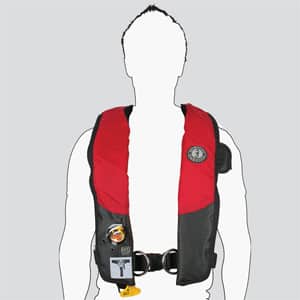
Mustang Survival
HIT MD3184 Hydrostatic
Design: Zippered horse-collar pouch encloses the bladder and the attached rescue whistle. The stainless-steel D-ring sailing harness bridges the polymer waist buckle, ensuring that harness line pressure does not part the buckle.
Snag Test: Less apt to snag lines or stays than Spinlock models.
Top Line: Tied with Spinlock in dunk tests and was most convenient, offering balance between professional service and user convenience.
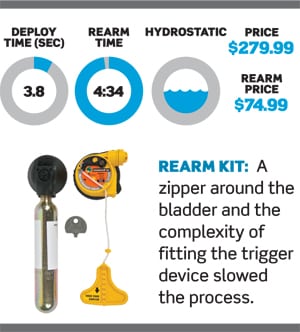
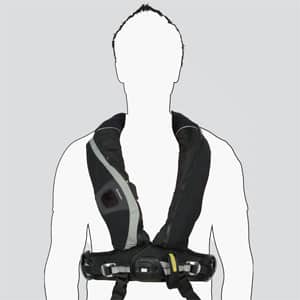
Spinlock
Hammar 150N Deckvest
Design: Equipped with crotch straps to create a floating sling in the water for support, it also comes with a water-activated rescue strobe and a retractable face shield to allow protection for easier breathing in rough, wind-driven seas.
Snag Test: The protruding harness ring and adjustment buckles snagged with annoying persistence.
Top Line: Maximum protection for the competitive and performance boater or when longer rescue times are probable.
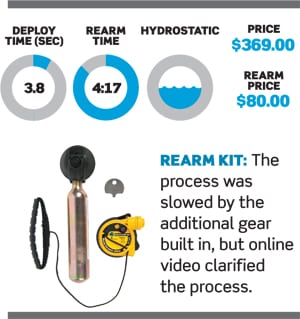
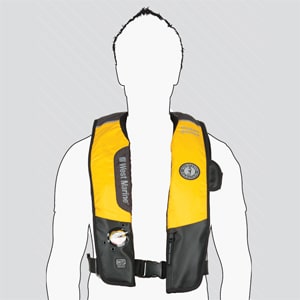
West Marine
Ocean Series MD 3183
Design: Made by Mustang Survival, it is comparable to the HIT model but lacked the sailing harness of that vest — although that is not problematic for powerboaters.
Snag Test: Results compared to the Mustang HIT model. Snag improvement could be made on all if webbing was secured closer to zipper closures.
Top Line: We were surprised by the slightly longer deployment time with the identical mechanism that’s on the Mustang Survival HIT.
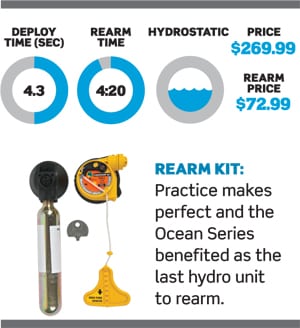
Test Process and Dissolving Trigger Test Analysis
Test Notes: A dissolving pill triggers a spring-loaded injector, puncturing the carbon dioxide inflation cylinder. Our victim stepped into an eight-foot-deep pool from two steps above the water. Vertical ropes simulated the presence of lines for the snag test
Plus: They cost less than hydrostatic devices.
Minus: Trigger times were much slower than Hydro models.
Plus: These were easier to replace and redeploy than hydrostatic triggers.
Summary: Less expensive than Type V PFDs with hydrostatic triggers. Slower deployment time may be a consideration for some boaters.
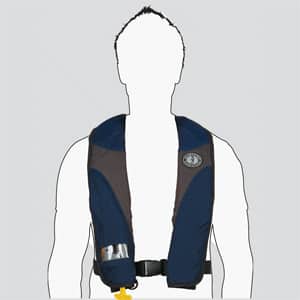
Mustang Survival
Auto Deluxe MD 3087
Design: It’s styled like Mustang’s manually deploying model, and we could find no obvious markings to warn of the need for victim response. Velcro closures ease rearming time.
Snag Test: Less apt to snag lines or stays than Spinlock models; more apt to than Stearns or SOSpenders.
Top Line: Nearly tied with Spinlock in dunk tests and was more convenient and offered balance between professional service and user convenience.
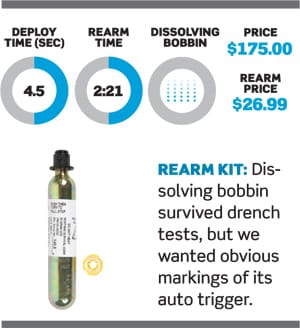
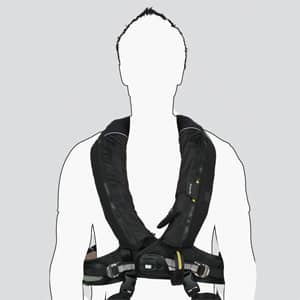
Spinlock
Deckvest 150N Pro-Sensor
Design: It’s identical to the Hammar armed device, but with the slower-activating dissolving trigger on the left lapel. Like the Hammar, a line cutter zips through lines and webbing.
Snag Test: Like the Hammar device, the harness ring and buckles catch on whatever passes it by.
Top Line: Deployment times were comparable to one hydrostatic device. The Pro-Sensor was fastest of all dissolving trigger devices.
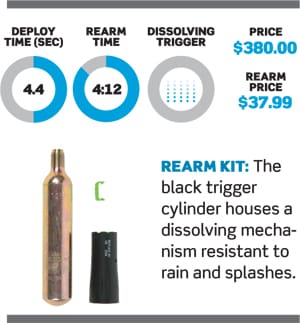
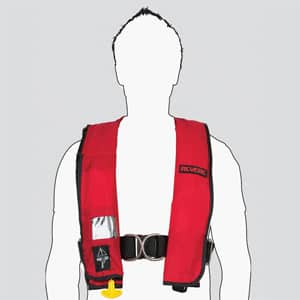
Revere
Comfort Max Auto
Design: Velcroed horse-collar pouch encloses the bladder and rescue whistle attached. The silver D-ring sailing harness bridges the polymer waist buckle, ensuring that harness line pressure does not part the buckle.
Snag Test: Less apt to snag than Spinlock, but more likely to than remaining units.
Top Line: Easier access to the trigger mechanism speeded the arming process and confidence in the procedure, but it’s deployment time was long.
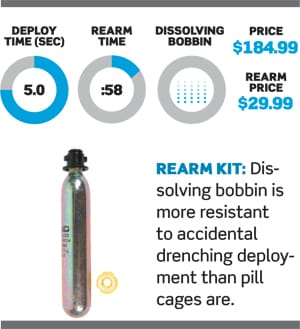

West Marine
Coastal Comfort Max
Design: Thinner, narrower webbing and a smaller buckle gave this a lighter but less substantial feel, perhaps assisting in its low price point.
Snag Test: It lacked a sail harness, which reduced snag points, and the waist belt attached to collar bottoms, keeping them tucked in.
Top Line: Good protection at a low price. It is properly designated a “coastal” model by West Marine and for inshore use. When rescue is likely nearby, it could be a good choice.
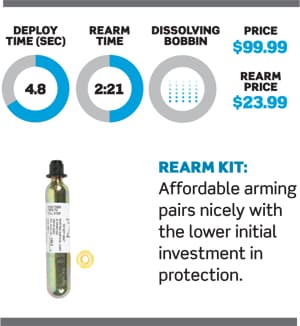
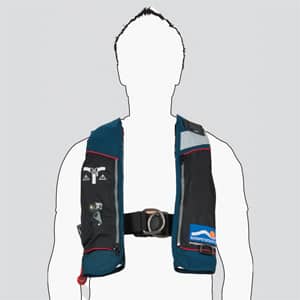
SOSpenders
Auto/Manual No. 1443
Design: SOSpenders is the first to provide inflatable protection to recreational boaters. Velcro collar fasteners speeded rearm times.
Snag Test: Sail harness rings snagged stiffly and the pointed collar back caught. But collar ends sprang loose on their own.
Top Line: Sturdy construction gives confidence in ownership, and the easy rearm process makes it easy to own and maintain. Best suited to dry weather use.
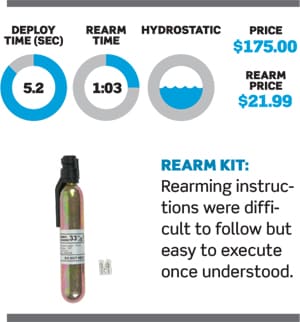
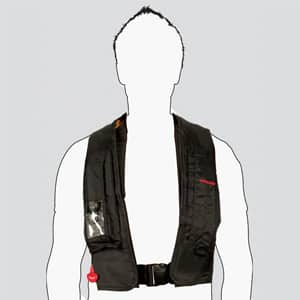
Stearns
1439 Inflatable PFD
Design: Both Stearns and SOSpenders could be rigged in auto or manual deploy mode. A blazing yellow tab is visible in the inspection window, reminding users of manual status. Velcro closures ease maintenance time.
Snag Test: Attaching lapel bottoms to waist strap kept it trim and more snag free than all other models tested.
Top Line: It offers reliable protection at a reasonable price. It’s easy to rearm. Best suited to dry weather use.
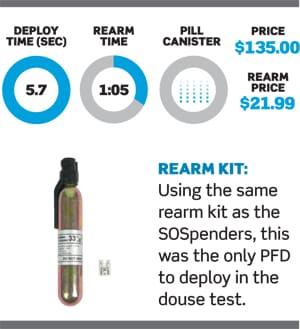
Making Sense
Test Notes: Purchase identical inflatable PFDs to simplify maintenance and rearming efforts. Also, rearming kits have a limited shelf life of two to four years. Mark expiration dates on the PFD where visible. Hydrostatic devices have the longest shelf life.
Auto or Manual: When choosing an auto device, confirm it with the packaging, and then mark it indelibly somewhere on the unit so you can tell at a glance.
Auto and Manual: Stearns and SOSpenders supply a manual trigger clearly visible in the inspection window — smart!
Beware: Type V PFDs qualify for U.S. Coast Guard carriage rules only when worn by adults — kids can’t use them.

